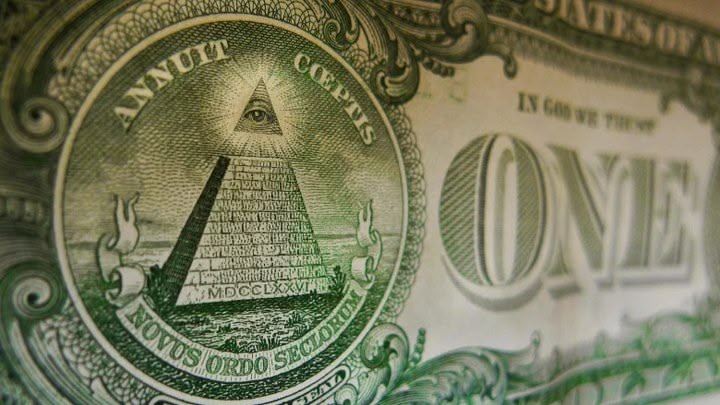The meaning of the Eye of Providence.
"The Eye of Providence, shown above an unfinished pyramid on the reverse of the U.S. $1 bill, symbolizes divine guidance and protection. Enclosed within a triangle and surrounded by rays of light, it forms part of the Great Seal of the United States, adopted in 1782. The pyramid’s sturdy base and incomplete top represent the nation’s strength and its ongoing growth, a reminder that the American experiment remains a work in progress. Above it, the watchful eye reflects the belief that a higher power watches over the nation’s progress."
The pyramid itself, had 13 rows of blocks, which was to symbolize the original 13 colonies.
We, who are Christians, firmly believe that our Christian founders were correct, and that God is watching over this nation.









